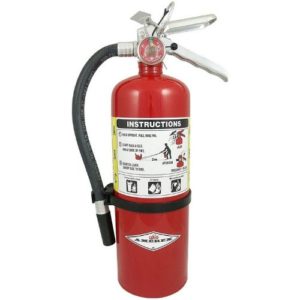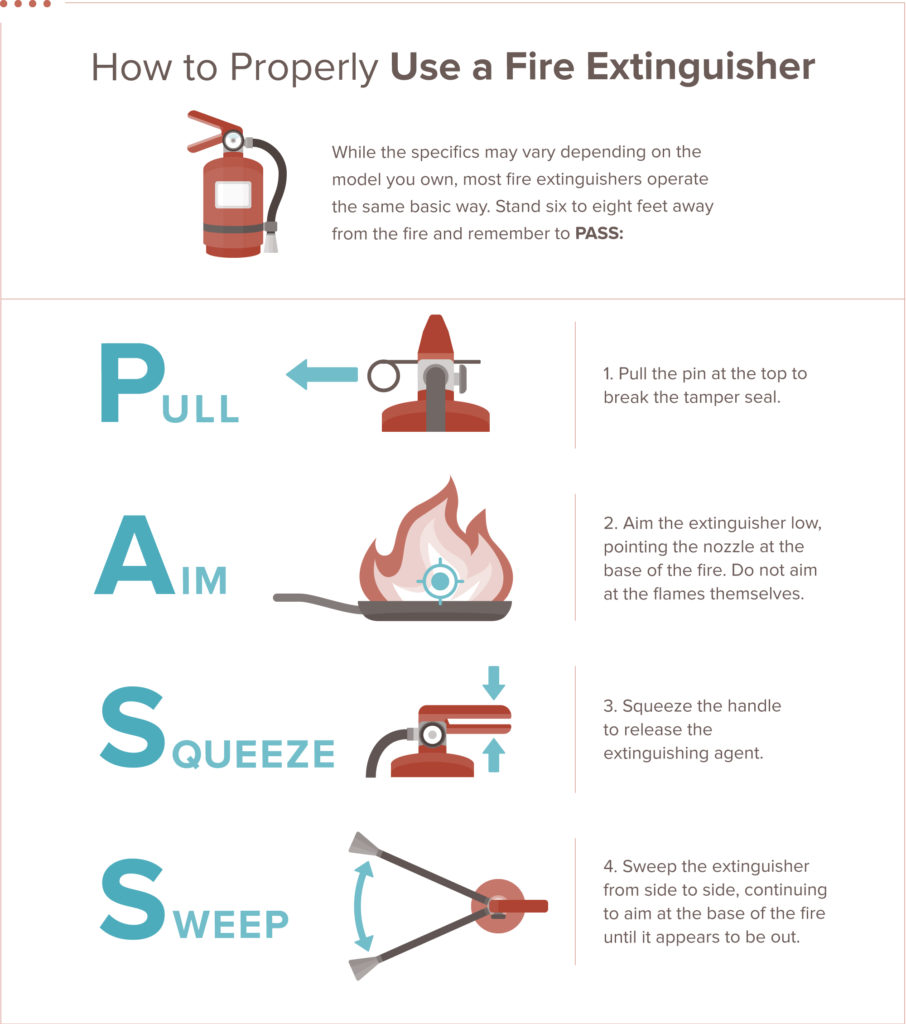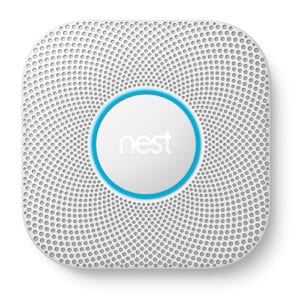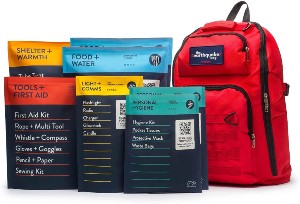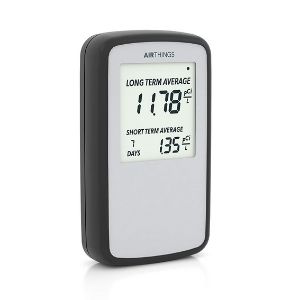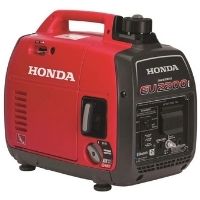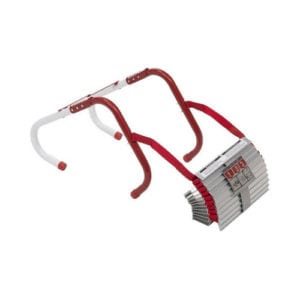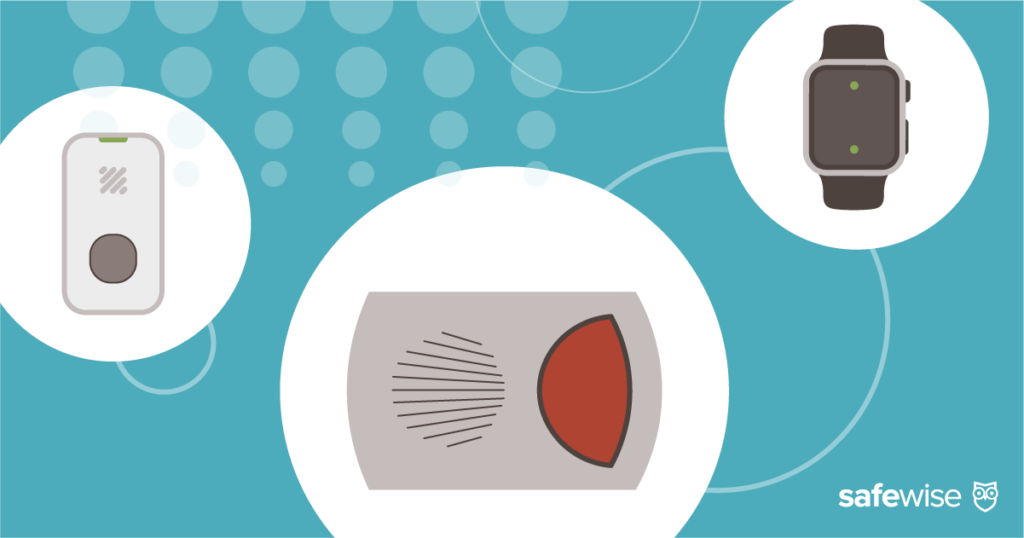Once you understand the different types of fire extinguishers and their uses, you need to be able to properly operate one.
The best way to be ready for a fire emergency in your home is to study the steps below and review them regularly so you can protect your home and family.
1. Identify a clear exit/escape route
Before operating the fire extinguisher, make sure you have a clear evacuation path. If you cannot put out the fire, you’ll need to make a safe exit. Consider this when determining where to store your fire extinguisher, and make sure you’ll have multiple exit options nearby after you retrieve it.
2. Stand back
Face the fire and keep your back to the clear exit you earlier identified. You should stay between six and eight feet away from the flames as you prepare to operate the fire extinguisher.
3. Discharge extinguisher
It can be difficult to think clearly during an emergency, so fire safety has a long-standing acronym to help you recall the steps involved in operating your fire extinguisher. When extinguishing a fire, you should PASS:
P: Pull the pin on the fire extinguisher.
A: Aim the extinguisher nozzle on the hose low, toward the base of the fire.
S: Squeeze the handle or lever to discharge the extinguisher.
S: Sweep the nozzle back and forth. Keep the fire extinguisher aimed at the base of the fire and move it from side to side until the flames are extinguished.
4. Keep an eye on things
After the flames appear to be out, continue to watch the fire area to make sure it doesn’t reignite. If the fire does start up again, repeat the PASS process.
5. Call the fire department
If you didn’t have the chance to call the local fire department before discharging the fire extinguisher, do so now. They will be able to inspect the site of the fire and make sure that it is completely extinguished.
6. Get to a safe place
Once the fire is out, or if you are unable to extinguish the fire, leave the scene and find a place out of reach of the fire.


